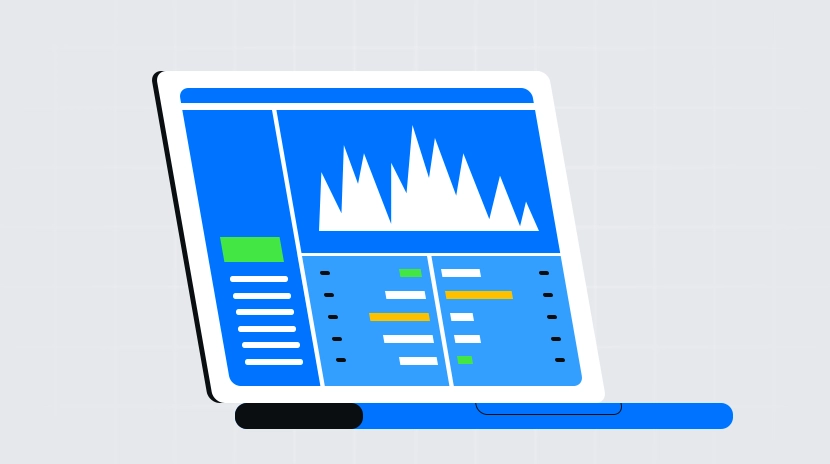definition for intermediary

Intermediaries are entities or individuals in financial and business ecosystems that connect buyers and sellers, facilitating transactions and providing value-added services. In traditional financial systems, intermediary institutions such as banks, brokers, and payment processors play a central role by verifying identities, managing risks, and providing trust endorsements to ensure secure transactions. With the development of blockchain technology, disintermediation has become a key value proposition, aiming to reduce or eliminate the need for traditional intermediaries, thereby lowering transaction costs, improving efficiency, and enhancing users' direct control over their assets.
Key Features of Intermediaries
Intermediaries in traditional finance and crypto economies have the following key characteristics:
-
Functional Roles:
- Trust builders: Providing third-party verification and guarantees to establish trust between transacting parties
- Risk managers: Assessing, dispersing, and controlling various risks in the transaction process
- Information intermediaries: Resolving information asymmetry issues, providing market insights to transaction parties
- Liquidity providers: Aggregating buy and sell orders, improving market depth and transaction execution efficiency
-
Types of Intermediaries:
- Transaction intermediaries: Exchanges, brokers, market makers
- Settlement intermediaries: Clearing houses, custody service providers
- Information intermediaries: Rating agencies, data providers, analytics platforms
- Technical intermediaries: Wallet providers, API service providers, protocol development teams
-
Intermediary Value Propositions:
- Reducing transaction complexity, simplifying user experience
- Providing expertise and services, bridging end-user capability gaps
- Lowering unit transaction costs (through economies of scale)
- Offering legal protection and dispute resolution mechanisms
Market Impact of Intermediaries
Intermediary institutions have had a wide and profound impact on the cryptocurrency market:
The evolution of traditional intermediaries in the crypto space is primarily manifested in forms such as centralized exchanges (CEXs), custodial wallet service providers, and over-the-counter (OTC) desks. These entities lower the entry barriers for average users into the crypto market by providing user-friendly interfaces and familiar financial service models, but they also introduce centralization risks and trust assumptions.
Blockchain technology provides the technical foundation for disintermediation through smart contracts, distributed ledgers, and cryptographic proofs, making peer-to-peer transactions feasible. DEXs (decentralized exchanges), DeFi (decentralized finance) platforms, and self-custodial wallets have emerged as innovative solutions that replace traditional intermediaries.
The dynamic balance between intermediary models and disintermediation is shaping the development path of the crypto ecosystem. The market is experiencing a transition from complete reliance on intermediaries to a hybrid model, where users can choose between the two models based on their needs, technical proficiency, and risk tolerance.
Risks and Challenges Related to Intermediaries
Intermediary institutions in the crypto ecosystem face multiple risks and challenges:
-
Centralization Risks:
- Single point of failure issues, such as exchange hacks and internal fraud
- Ultimate control of user assets rests with the intermediary institution
- Centralized intermediaries may become the primary bearers of regulatory pressure and censorship
-
Regulatory and Compliance Challenges:
- Cross-border operations face complex and changing international regulatory environments
- Conflicts between KYC/AML requirements and crypto users' privacy preferences
- Inconsistent definitions of intermediary responsibilities across different jurisdictions
-
Market and Technical Challenges:
- Increasing competitive pressure from decentralized alternatives
- Need for continuous technological innovation to maintain competitiveness
- Dilemma of balancing security and user experience
-
User Trust and Transparency:
- Growing demand for proof of reserves (especially after the FTX incident)
- User concerns about data usage and privacy protection
- Challenges in maintaining liquidity and solvency during crises
There exists a philosophical contradiction between intermediaries and the core principles of blockchain. The fundamental goal of decentralization is to eliminate middlemen, while the business models of traditional intermediaries are based on centralized value capture. This tension drives the entire industry to seek an optimal balance between centralization and decentralization.
Intermediaries play a crucial and complex role in the cryptocurrency ecosystem. Although one of the core value propositions of blockchain technology is disintermediation, at the current stage, intermediary institutions still play important roles in facilitating mainstream adoption, providing user-friendly services, and bridging the gap between traditional finance and the crypto economy. As technology matures and user education becomes more widespread, we may see more functions migrating to truly decentralized protocols, but intermediary institutions will likely remain relevant by transforming and providing value-added services. The future financial ecosystem will likely be a hybrid model where users can freely choose between intermediary services and peer-to-peer solutions based on their needs and preferences.
Share
Related Articles

Gate Research: 2024 Cryptocurrency Market Review and 2025 Trend Forecast

Altseason 2025: Narrative Rotation and Capital Restructuring in an Atypical Bull Market
